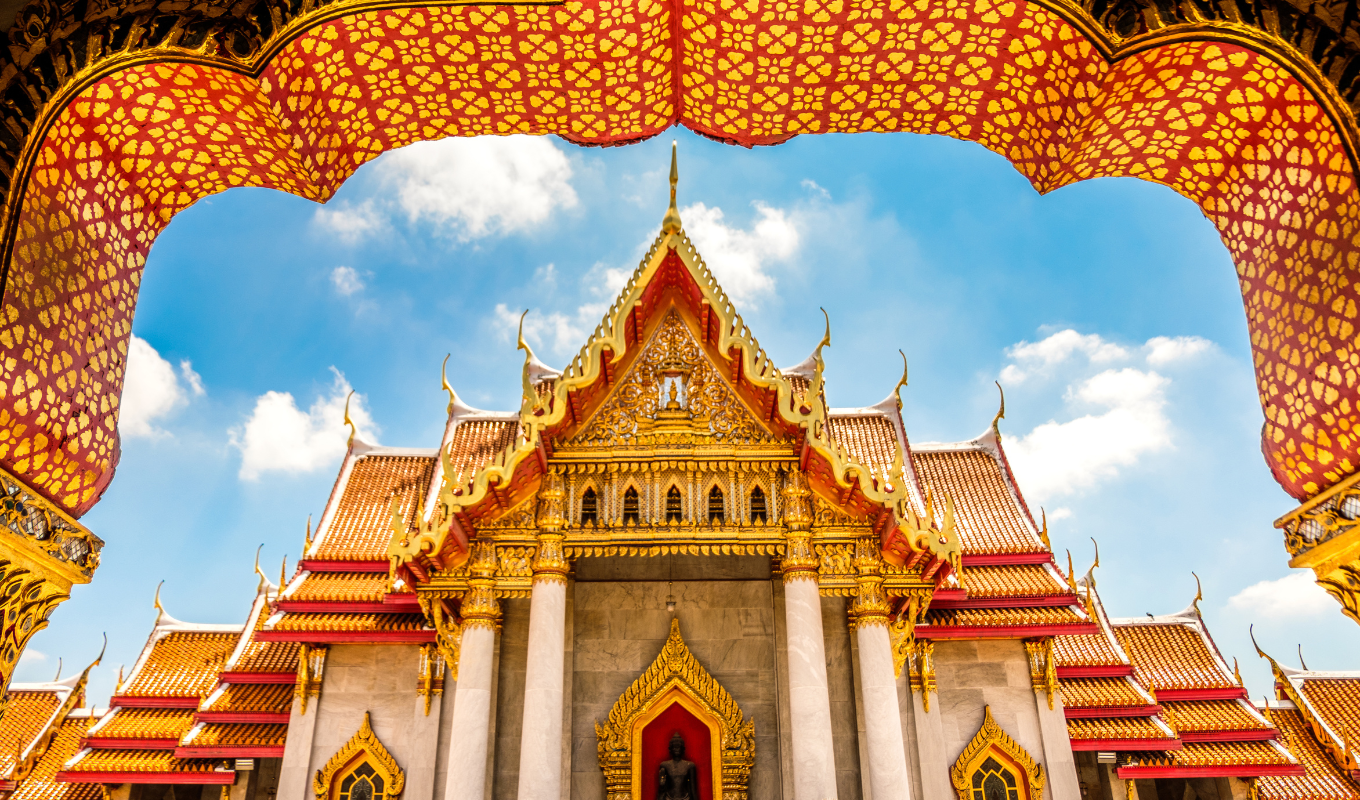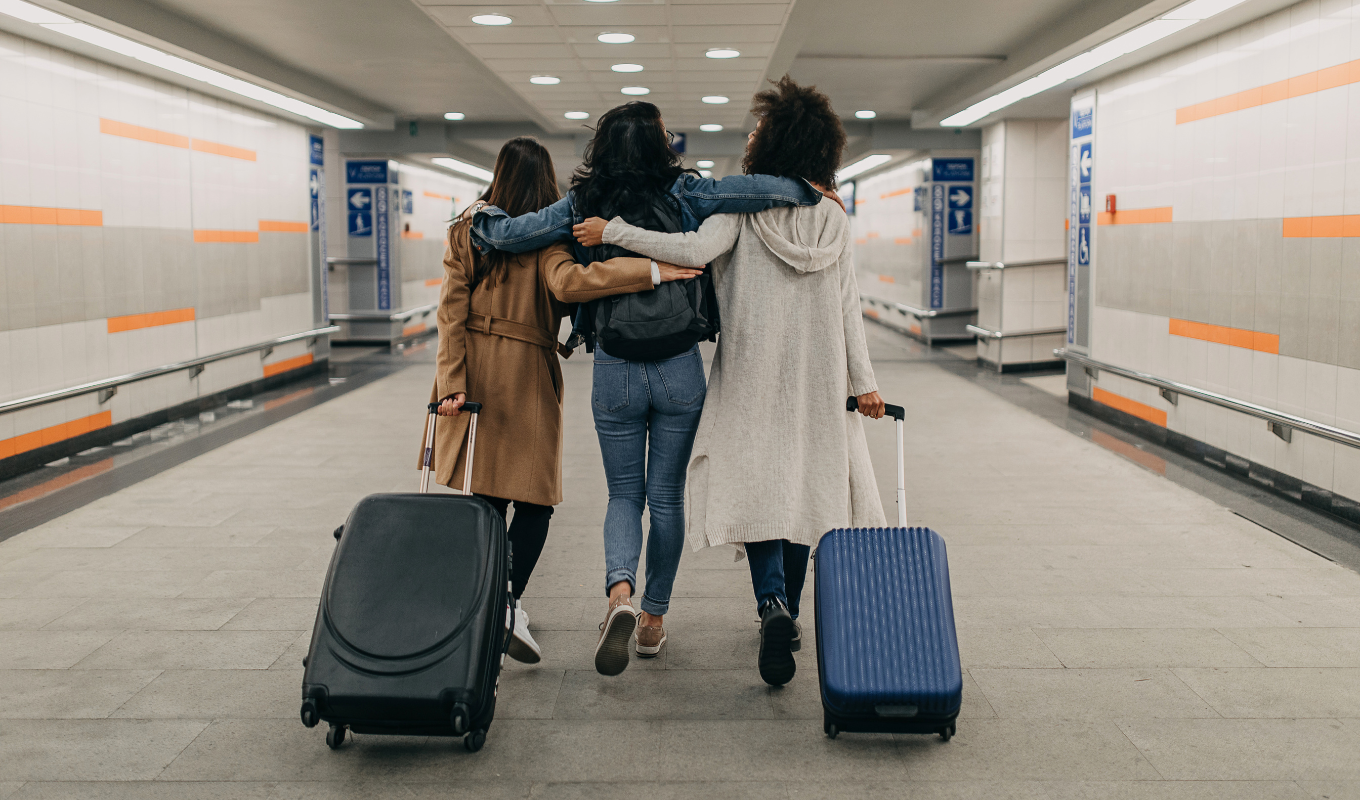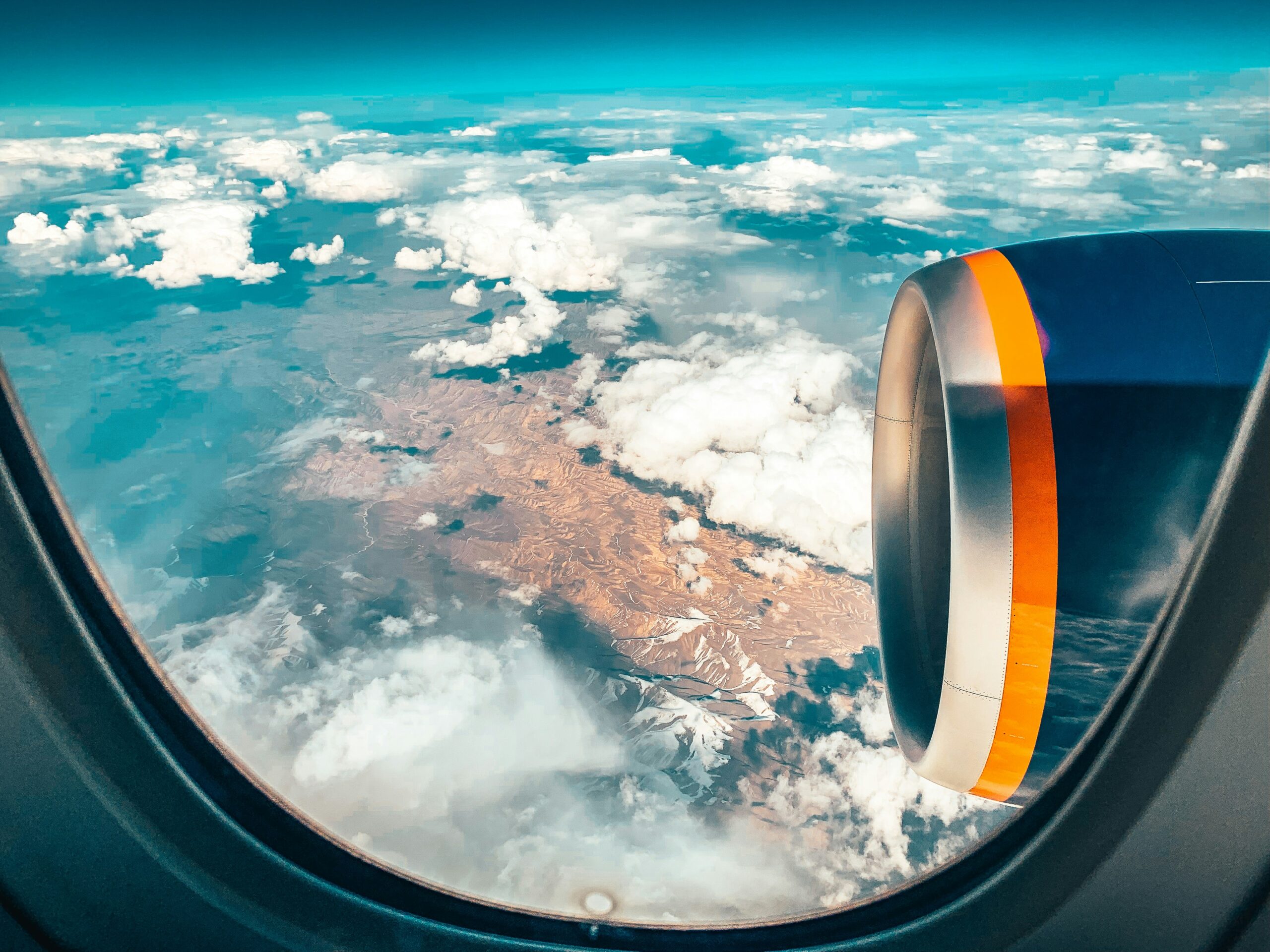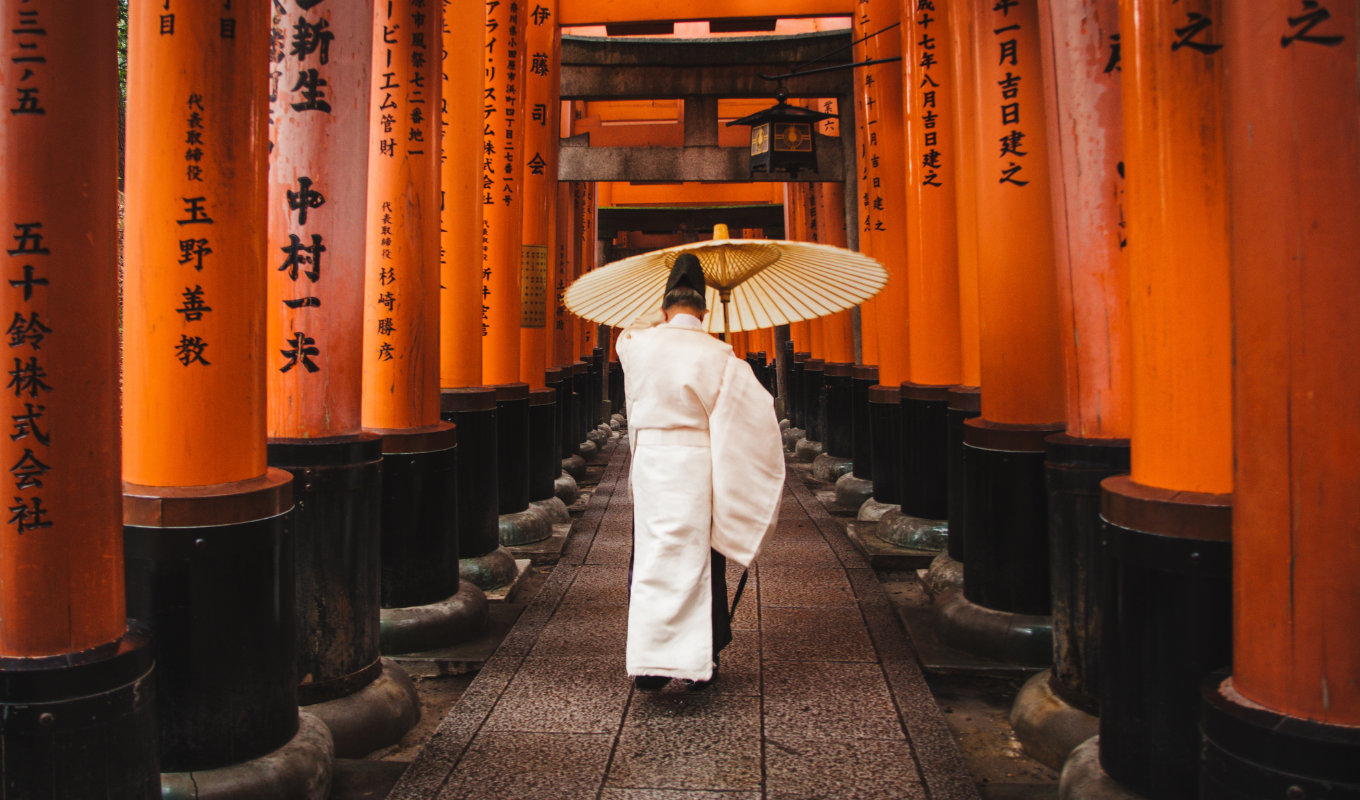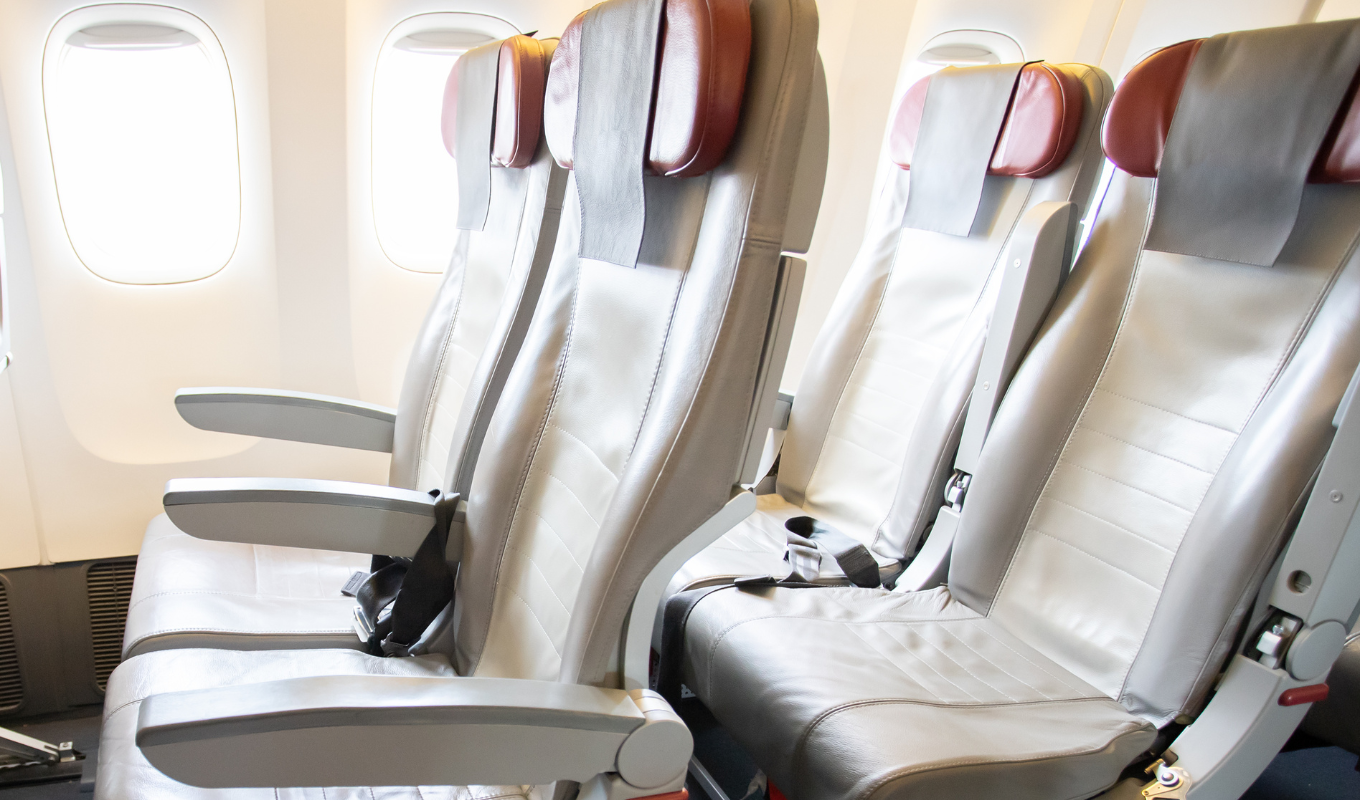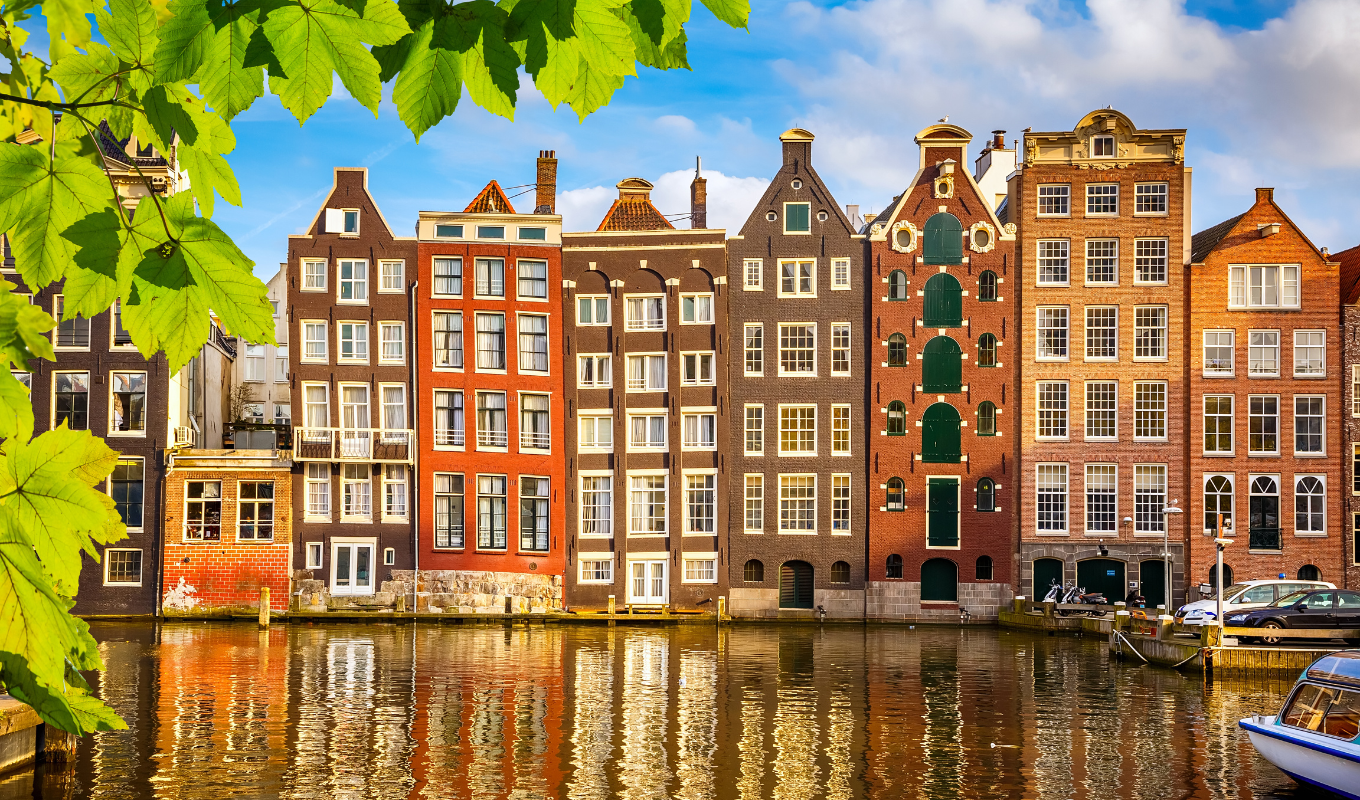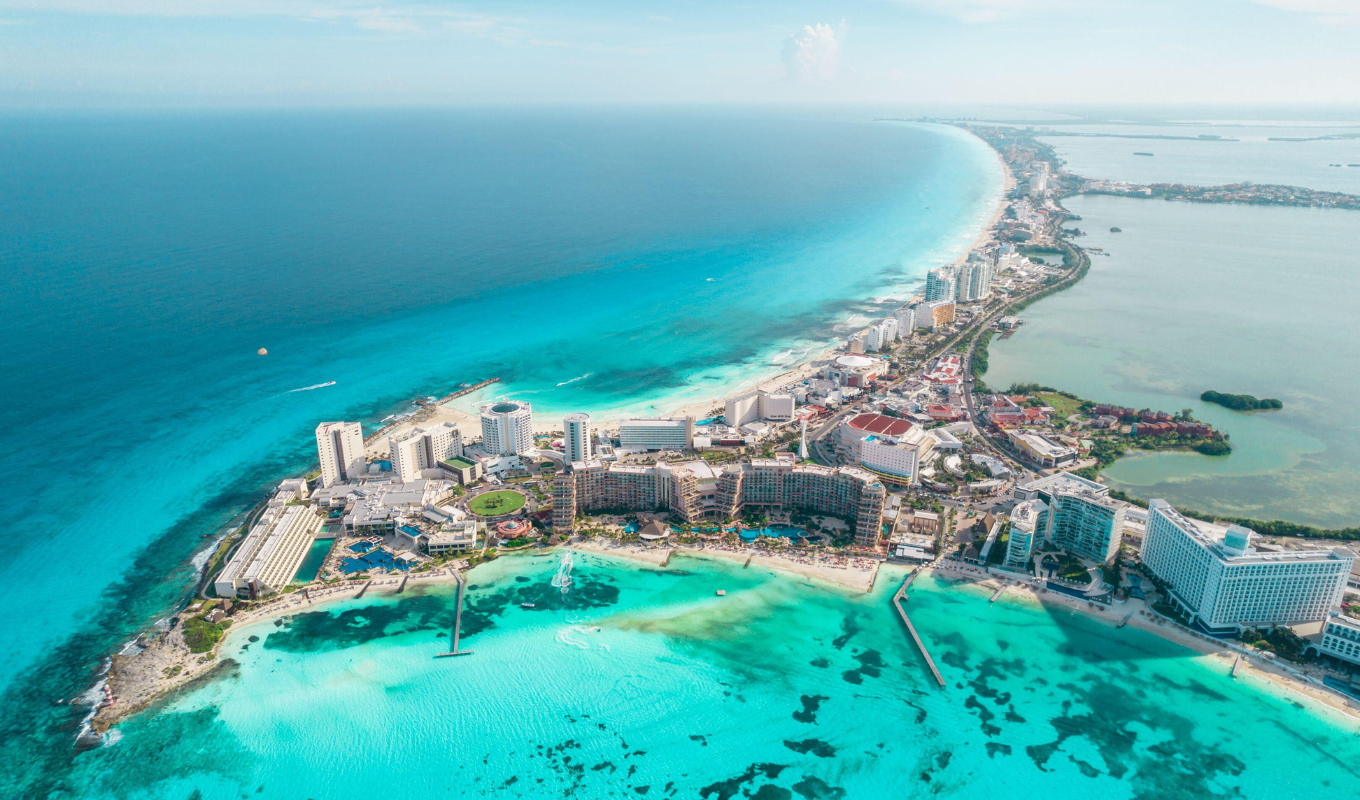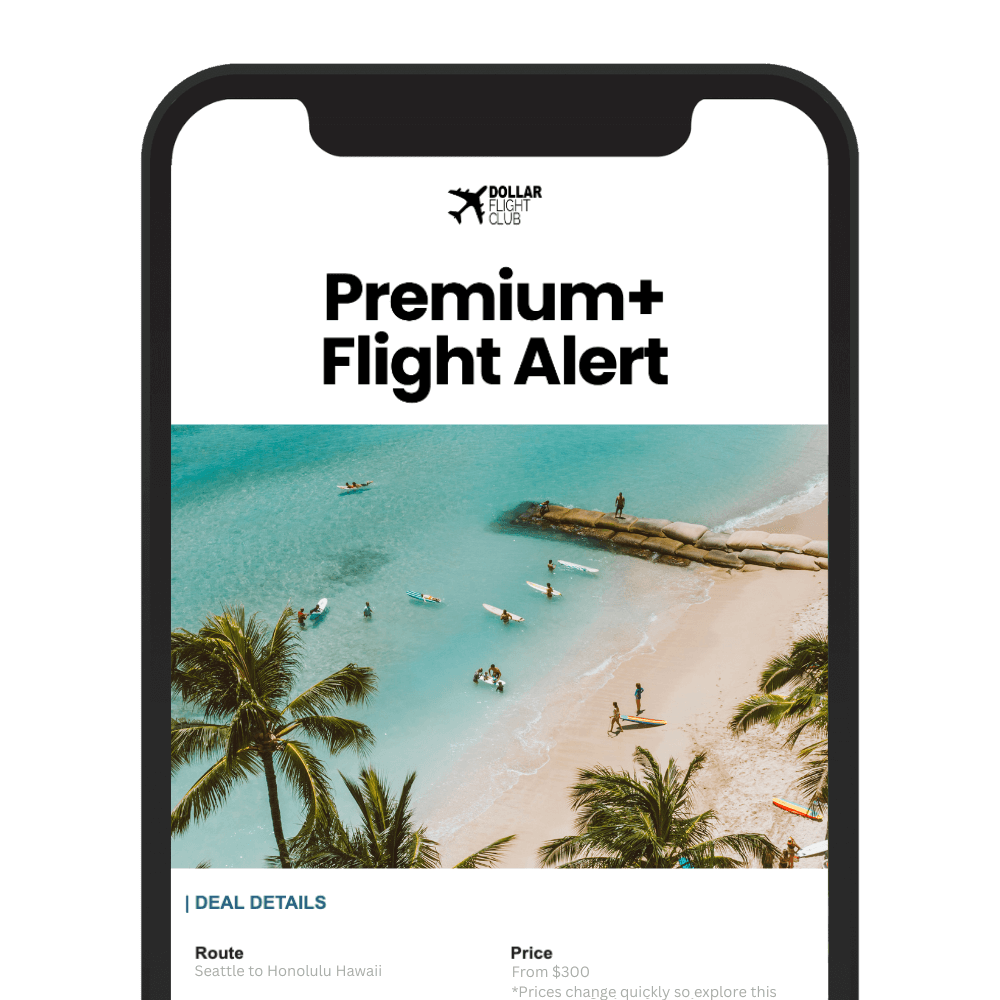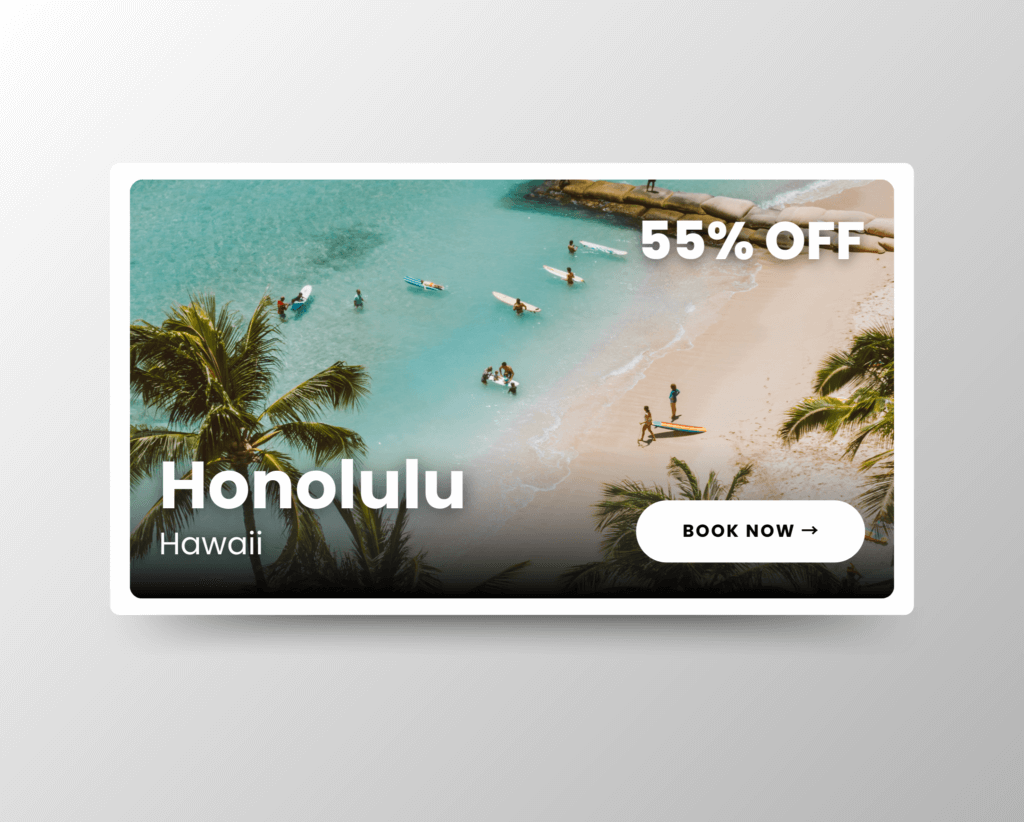Bangkok offers a mix of ancient landmarks, lively markets, and delicious street food, all at affordable prices. This guide covers everything you need to know for a memorable trip, from top attractions like the Grand Palace and Wat Pho to navigating the city’s efficient BTS and MRT systems. Whether you’re on a budget or seeking luxury, Bangkok has options for every traveler.
Key Highlights:
- Must-See Attractions: Grand Palace, Wat Arun, Chatuchak Market, and Chinatown.
- Food & Nightlife: Street food like Pad Thai and Mango Sticky Rice, plus rooftop bars such as Sky Bar and Octave.
- Transportation: Use the BTS, MRT, and river ferries for convenience. Tuk-tuks and Grab are great alternatives.
- Budget Tips: Affordable flights, cheap street food ($1.50–$3), and accommodations starting at $8 per night.
- Etiquette: Dress modestly for temples, use the “wai” greeting, and avoid touching heads or pointing feet at people.
Bangkok combines history, modernity, and affordability, making it an ideal destination for any traveler.
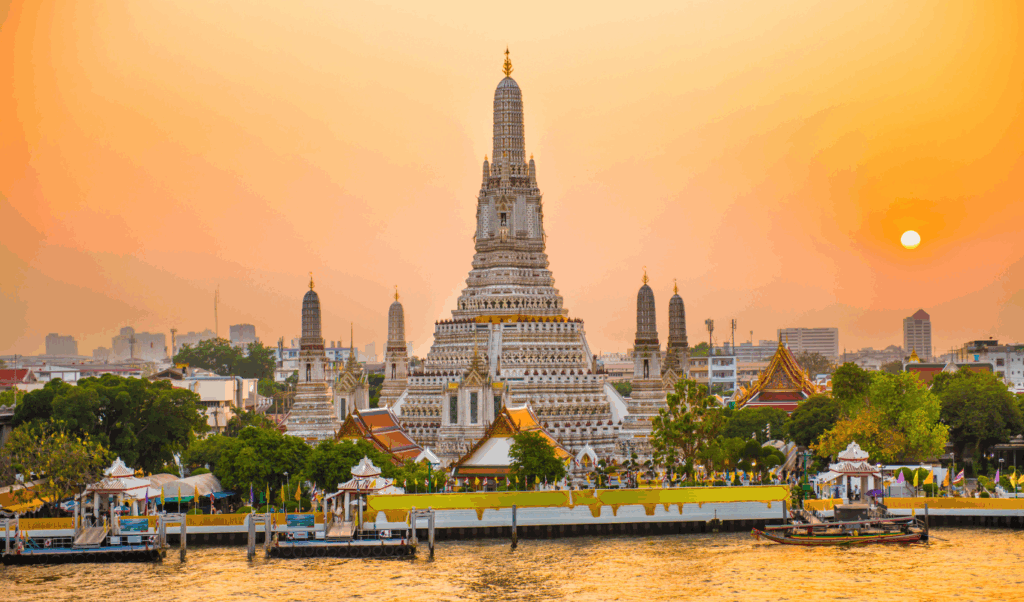
Must-Visit Bangkok Attractions
Bangkok is a city where ancient traditions meet modern vibrancy. From centuries-old temples to lively markets, there’s a treasure trove of experiences waiting to be explored.
Grand Palace and Wat Phra Kaew
The Grand Palace is Bangkok’s most iconic landmark and has been a symbol of Thai royalty for over 200 years. This sprawling 54-acre complex showcases exquisite Thai artistry, including golden spires and intricate murals. At its heart lies Wat Phra Kaew, home to the revered Emerald Buddha. This jade statue, perched atop a golden altar, is a sacred emblem of Thailand. The King himself changes its ceremonial robes three times a year to mark the changing seasons.
Visitor Information:
- Hours: Open daily, 8:30 AM – 3:30 PM (last ticket sold at 3:00 PM)
- Entry Fee: 500 THB ($14.50 USD) for foreigners
- Dress Code: Modest attire required – long pants, covered shoulders, and closed-toe shoes
- Audio Guide: Available for 200 THB ($5.80 USD)
To enjoy a quieter visit and better photo opportunities, aim to arrive before 10:00 AM.
Wat Pho and Wat Arun
Wat Pho, or Wat Phra Chetuphon, is famous for its massive Reclining Buddha, which stretches 150 feet in length. The temple is steeped in history, serving as a hub for traditional Thai medicine and massage. Visitors are often drawn to the Buddha’s feet, which are adorned with 108 intricate symbols inlaid with mother-of-pearl. A charming tradition here is dropping coins into 108 bronze bowls for good luck.
Just across the river, Wat Arun (Temple of Dawn) stands tall at 270 feet. Its surface is adorned with colorful porcelain and seashells, making it shimmer beautifully in the sunlight. Climbing its steep steps rewards visitors with stunning views of the Chao Phraya River and the city skyline.
Visitor Information:
- Wat Pho: Open daily, 8:00 AM – 6:30 PM; entry fee is 200 THB ($5.80 USD)
- Wat Arun: Open daily, 8:00 AM – 6:00 PM; entry fee is 100 THB ($2.90 USD)
- River Ferry: Costs 4 THB ($0.12 USD) to travel between the two temples
- Best Time for Photos: Late afternoon during golden hour
Both temples are easily accessible via the Chao Phraya Express Boat. Wat Pho is near Tha Tien Pier, while Wat Arun is at Wat Arun Pier.
Chatuchak Weekend Market and Chinatown
For a vibrant shopping experience, head to the Chatuchak Weekend Market, a sprawling bazaar with over 15,000 stalls. You’ll find everything from vintage clothing and antiques to exotic pets and handmade crafts. The market is divided into 27 sections, making it easier to navigate. Food courts dotted throughout serve authentic Thai dishes at wallet-friendly prices.
In the evening, Chinatown (Yaowarat Road) transforms into a bustling food haven. Neon signs light up the streets as vendors serve iconic dishes like bird’s nest soup and mango sticky rice. This historic area, dating back to 1782, offers a mix of Chinese and Thai culinary traditions.
Visitor Information:
- Chatuchak Market: Open Saturdays and Sundays, 9:00 AM – 6:00 PM (some food stalls open Friday evenings)
- Access: BTS Mo Chit Station or MRT Chatuchak Park Station
- Chinatown: Best visited from 6:00 PM to midnight
- Transportation: MRT Wat Mangkon Station or Chao Phraya Express Boat to Ratchawong Pier
While bargaining is common at Chatuchak, vendors typically accept offers 20–30% below the asking price. Carry cash, as most stalls don’t accept cards.
Parks and Museums
Bangkok’s green spaces and museums offer a welcome break from the city’s energetic pace.
Lumphini Park is a serene escape, where locals practice tai chi at sunrise and families gather for picnics. Paddleboats are available for rent, and the park is home to some curious residents – monitor lizards that often intrigue visitors.
Benjakitti Forest Park provides a modern twist to urban greenery, with elevated walkways through wetlands and excellent bird-watching opportunities. It’s a peaceful spot to admire the city skyline.
For history enthusiasts, the Bangkok National Museum houses an impressive collection of Thai art and artifacts, tracing 5,000 years of heritage. Its Buddhisawan Chapel is home to some of the country’s most revered Buddha images.
Visitor Information:
- Lumphini Park: Open daily, 4:30 AM – 9:00 PM; free entry
- Benjakitti Forest Park: Open daily, 5:00 AM – 8:00 PM; free entry
- Bangkok National Museum: Open Wednesday–Sunday, 9:00 AM – 4:00 PM; entry fee is 200 THB ($5.80 USD)
- Museum Audio Guide: Available for 100 THB ($2.90 USD)
Day Trips from Bangkok
Escape the city with a short journey to Wat Samphran, also known as the Dragon Temple. Located 25 miles west of Bangkok, this unique temple features a 17-story pink tower wrapped in a giant dragon sculpture. Visitors can climb through the dragon to reach a viewing platform at the top.
Another popular destination is the Damnoen Saduak Floating Market, 62 miles southwest of Bangkok. Here, vendors sell fresh produce and local delicacies from wooden boats. While it has become a tourist hotspot, the market still offers a glimpse into Thailand’s water-based trade traditions.
Visitor Information:
- Wat Samphran: Open daily, 8:00 AM – 5:00 PM; entry fee is 20 THB ($0.60 USD)
- Transportation: Taxi from Bangkok costs 800–1,000 THB ($23–29 USD) round trip
- Damnoen Saduak: Best visited early, from 7:00 AM – 11:00 AM, to avoid crowds
- Tour Options: Full-day tours start at 1,500 THB ($43 USD) per person
If you visit the floating market, consider renting a long-tail boat for 600 THB ($17 USD) per hour for a closer look at the vendors. This is especially charming during the rainy season (May–October), when the canals are full and bustling with activity. These day trips are a perfect way to complement your Bangkok adventure.
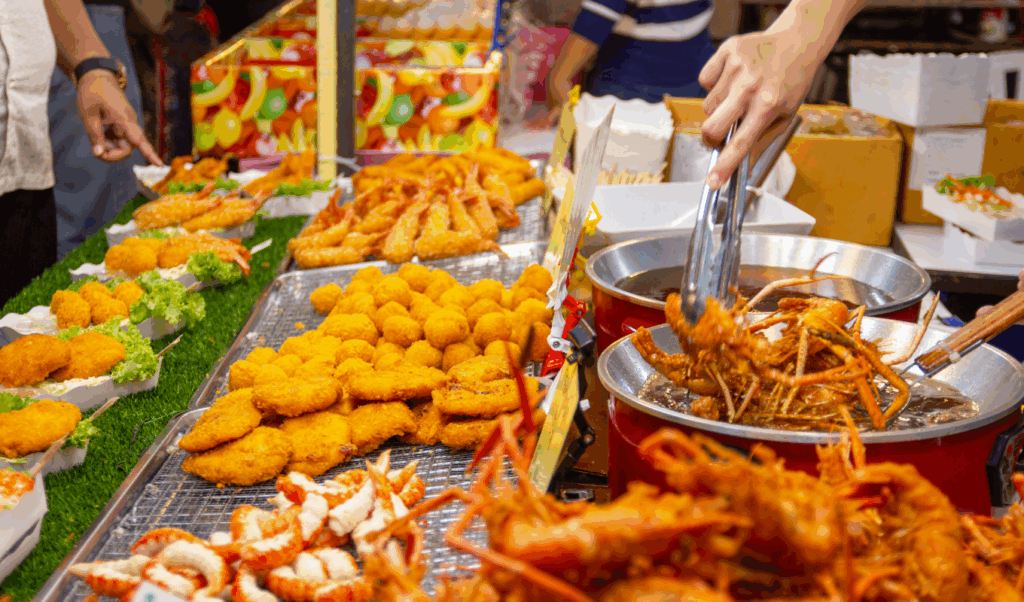
Best Dining and Nightlife in Bangkok
Bangkok’s dining and nightlife scene is as dynamic as the city itself, offering a mix of traditional charm and modern sophistication. From the bustling streets filled with sizzling food carts to chic rooftop bars with sweeping skyline views, there’s something for everyone to enjoy.
Street Food and Local Markets
Bangkok is practically synonymous with street food, and for good reason. Staples like Pad Thai are a must-try, with vendors often adding their own flair – such as wrapping the noodles in a delicate egg crepe – to showcase the dish’s versatility. Another crowd favorite is Som Tum, the classic green papaya salad. This dish is a vibrant mix of sweet, sour, and spicy flavors, though you can request a milder version if you’re not a fan of too much heat.
For dessert, Mango Sticky Rice is a standout. Whether you grab it from a busy street stall or a more refined eatery, the combination of sweet mango, sticky rice, and coconut milk is unforgettable.
Markets like Or Tor Kor, close to the Chatuchak Weekend Market, are perfect for exploring fresh produce and authentic local treats. You’ll find everything from seasonal fruits to freshly prepared dishes in an atmosphere that’s as lively as it is inviting. Meanwhile, a visit to Chinatown at night reveals a treasure trove of seafood stalls and traditional soups, served with recipes perfected over generations.
Rooftop Bars with Stunning Views
Bangkok’s rooftop bars are an experience in themselves, offering incredible views paired with creative cocktails. One of the most iconic spots is Sky Bar at Lebua State Tower, known for its panoramic views of the Chao Phraya River and its sophisticated atmosphere. Just remember to dress smart-casual to match the vibe.
Octave Rooftop Lounge at the Marriott Hotel Sukhumvit is another favorite. Its multi-level design and occasional happy hour deals make it an inviting spot to unwind. For a more adventurous cocktail experience, Vertigo and Moon Bar at the Banyan Tree Hotel deliver both inventive drinks and breathtaking views of the cityscape – best enjoyed on a clear evening.
If you’re traveling on a budget but still want to soak in the views, check out Above Eleven. This relaxed venue combines a fusion menu with well-made cocktails, proving that you don’t need to splurge to enjoy Bangkok’s rooftop scene.
Dining Etiquette and Tips
Understanding local dining customs can make your experience even more enjoyable. At street food stalls, tipping isn’t expected, but in sit-down restaurants, a small tip is appreciated unless a service charge is already included.
Thai dining culture emphasizes sharing. Instead of ordering individual meals, it’s common to select several dishes for the table, with rice served in small bowls for each person. When eating, use your spoon as the main utensil and your fork to guide food onto it.
For food safety, it’s wise to choose vendors with high customer turnover, as this usually means fresher ingredients. Be cautious with raw produce, especially if you’re unfamiliar with local water practices.
Thai cuisine is famous for its bold flavors, but if you’re not used to spicy food, don’t hesitate to ask for a milder version. With so many street food stalls and night markets open late into the evening, you’ll have plenty of time to explore Bangkok’s rich and diverse culinary offerings.
Dive into the city’s flavors and nightlife – you’re in for an unforgettable experience.
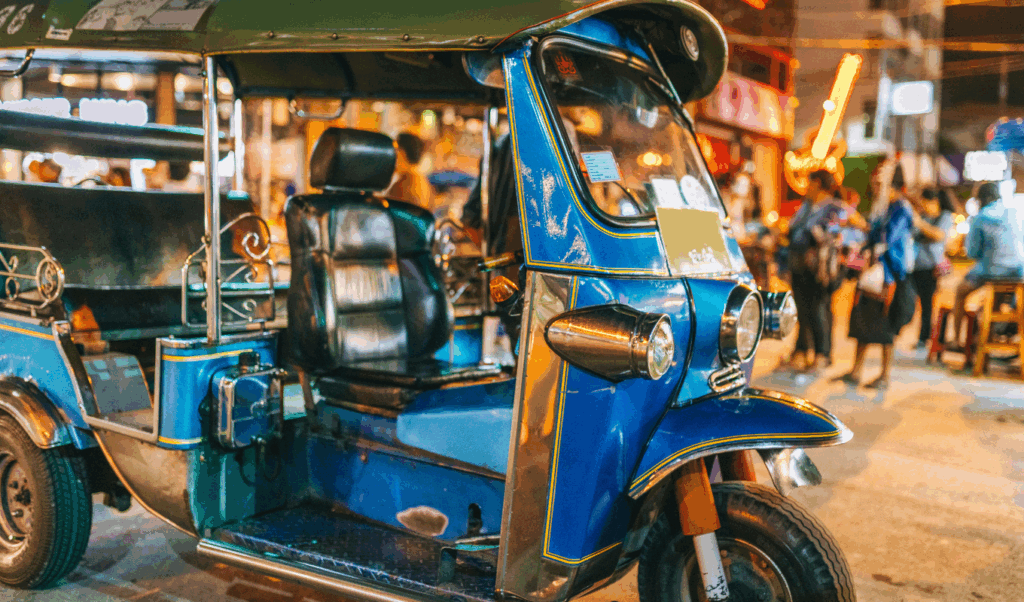
Getting Around Bangkok: Transportation Guide
Navigating Bangkok’s bustling streets and vibrant attractions becomes much easier once you get a handle on the city’s transportation options. From modern rail systems to traditional tuk-tuks, each mode of transport offers unique perks depending on your destination and budget. Here’s a breakdown to help you explore Bangkok like a pro.
Public Transportation: BTS, MRT, and Ferries
The BTS Skytrain is a top choice for getting around Bangkok’s main tourist spots and shopping hubs. With two lines – Sukhumvit and Silom – it connects key areas like Siam Square, Chatuchak Market, and the riverside. Fares range from 16 to 59 THB ($0.45–$1.65), and trains run every 2–5 minutes during peak hours, operating from 6:00 AM to midnight.
For frequent travelers, consider getting a Rabbit Card at any BTS station. This rechargeable card costs 100 THB ($2.80) plus your initial top-up and offers small discounts on fares. Beyond the BTS, it’s also accepted on some buses and at participating 7-Eleven stores.
The MRT Subway complements the BTS by covering areas the Skytrain doesn’t reach, such as Hua Lamphong railway station and several temples. Fares are similar, ranging from 16 to 42 THB ($0.45–$1.20). Instead of paper tickets, the MRT uses tokens – just tap the token at the gate to enter and drop it in the slot when exiting.
If you’re looking for a scenic route, hop on the Chao Phraya Express Boats. These boats are a practical way to travel the river and visit landmarks like the Grand Palace, Wat Arun, and Asiatique. The orange flag boats are the most reliable, with fares set at 15 THB ($0.42) per trip. Plus, the river breeze is a refreshing break from Bangkok’s heat, and the views of the skyline are unbeatable.
Taxis, Tuk-Tuks, and Ride-Hailing Apps
Taxis in Bangkok are affordable, but only if the driver uses the meter. A typical ride in the city center costs between 60 and 150 THB ($1.70–$4.20), with additional toll fees if you take the expressway. Always insist on the meter – if the driver refuses, don’t hesitate to find another taxi. Be prepared for longer waits during rush hour or rainy weather.
For a more authentic experience, tuk-tuks are a popular choice. These open-air, three-wheeled vehicles are ideal for short trips, but be cautious. Tuk-tuks are infamous for inflated fares and detours to shops where drivers earn commissions. Always negotiate the price upfront and confirm a direct route to your destination. If you want a hassle-free tuk-tuk ride, try MuvMi, an app offering electric tuk-tuks, or Grab, which occasionally includes tuk-tuks in its service areas.
Speaking of Grab, it’s the go-to ride-hailing app in Bangkok. It offers upfront pricing, route tracking, and cashless payment options, making it a safer and more transparent alternative to traditional taxis. You can choose between GrabTaxi (regular metered taxis) and GrabCar (private vehicles). Prices are competitive, and the app eliminates worries about language barriers or fare disputes.
Walking and Traffic Tips
Walking in Bangkok can be an adventure, but it comes with challenges. The sidewalks are often uneven, crowded with street vendors, or even missing in some areas. Comfortable, closed-toe shoes with good grip are essential – flip-flops might seem convenient in the heat, but they won’t protect your feet on rough pavement.
Bangkok’s traffic patterns are predictable but intense. Rush hours typically run from 7:00–9:00 AM and 5:00–8:00 PM on weekdays. During these times, a 15-minute taxi ride can easily stretch to 45 minutes. The BTS and MRT are your best bets for avoiding gridlock during peak hours.
Walking in Bangkok also means dealing with the heat and humidity. Temperatures rarely dip below 80°F (27°C), and humidity often exceeds 70%. Stay hydrated, carry water, and take breaks in shaded areas whenever possible. Many locals use the city’s connected, air-conditioned skywalks for relief from the heat and street chaos.
When crossing streets, use pedestrian crossings and bridges whenever you can. Bangkok drivers aren’t always inclined to yield, and motorcycle traffic can be unpredictable. Make eye contact with drivers before stepping into the street and stay alert.
If you need a break, shopping malls are excellent rest stops. Many malls, like Siam Paragon, CentralWorld, and Terminal 21, are directly connected to BTS stations. They offer free air conditioning, clean restrooms, and plenty of food options – perfect for recharging during a long day of sightseeing.
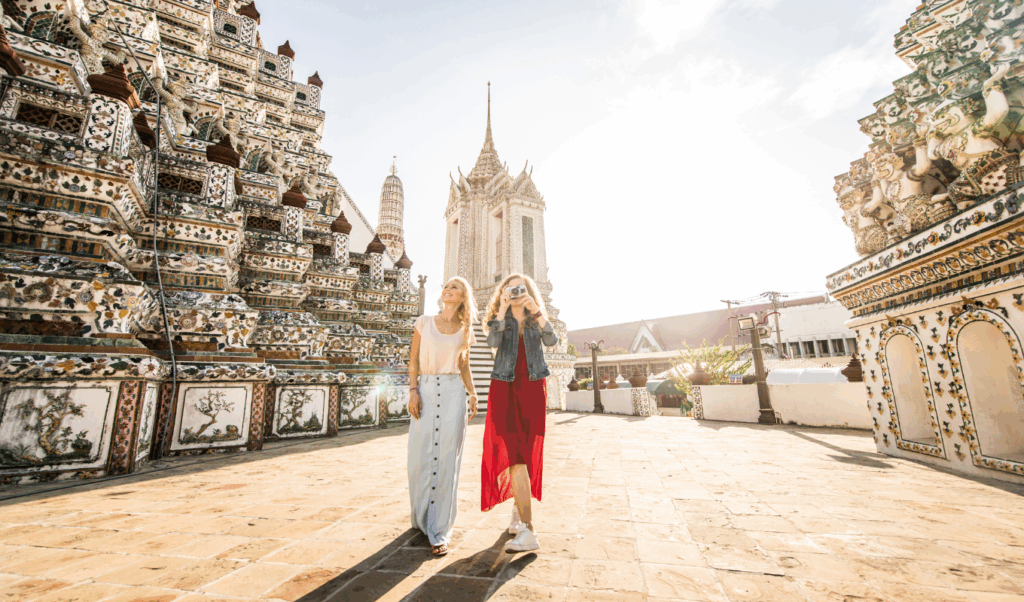
Bangkok Etiquette and Practical Tips
Approaching Bangkok with respect not only honors its traditions but also enriches your experience of the city’s dynamic culture. Thai society values harmony and mutual respect, especially in social interactions.
Temple Etiquette and Dress Codes
When visiting temples, modest attire is a must – cover your shoulders and knees. Steer clear of shorts, tank tops, and flip-flops to align with local customs. Removing your shoes before entering temple buildings is a gesture of respect and is strictly observed. These practices reflect a broader cultural emphasis on politeness and reverence, extending beyond temple visits to daily life.
Social Customs and Behavior
Thai customs play a significant role in creating meaningful connections during your visit. The traditional wai greeting – placing your hands together in a prayer-like position while bowing your head – is a hallmark of Thai etiquette. If someone greets you with a wai, returning the gesture is polite, though not always expected in every situation, such as with children, restaurant staff, or street vendors.
Cultural norms around body parts are also essential to understand. Avoid touching anyone’s head, as it is considered sacred in Thai culture. Similarly, be mindful of your feet – don’t point them at people or sacred objects, and avoid gestures that could be seen as disrespectful. When passing items or sharing meals, using your right hand or both hands is a courteous practice.
Speak in a calm, soft tone, as raising your voice can disrupt the valued sense of harmony. Adding “krub” (for men) or “ka” (for women) to the end of sentences shows politeness and respect in conversation.
Respect for the Thai monarchy is deeply ingrained and legally upheld. Always show deference to the royal family, and stand still when the national anthem plays in public spaces. Handle Thai currency with care, as it features images of the royal family.
When interacting with monks, maintain a respectful distance and avoid physical contact. For women, it’s particularly important to avoid direct contact with monks. If you’d like to take a photo of a monk, always ask for permission beforehand.
Lastly, keep public displays of affection subtle, as they may be deemed inappropriate in Thai society.
Health, Safety, and Emergency Contacts
Bangkok is a safe city for travelers, but a few precautions can help ensure a hassle-free trip. The tropical climate often exceeds 80°F (27°C) with high humidity, so staying hydrated is essential. Carry bottled water and take breaks in air-conditioned spaces during the hottest parts of the day.
Bangkok offers excellent healthcare facilities, with Bumrungrad International Hospital and Bangkok Hospital being top choices for English-speaking services. Pharmacies are well-stocked with common medications, but it’s wise to bring your personal prescriptions.
Emergency Contacts:
- Tourist Police: 1155 (24-hour hotline with English support)
- General Emergency: 191
- Medical Emergency: 1669
- Fire Department: 199
To stay secure, keep your passport and other important documents in your hotel safe, carrying copies instead. While tourist areas are generally well-patrolled, avoid displaying expensive jewelry or carrying large sums of cash.
Tap water in Bangkok isn’t safe to drink, so stick to bottled or filtered water. Street food can be a delicious highlight of your trip, especially from vendors with high turnover, but trust your instincts when judging cleanliness and freshness.
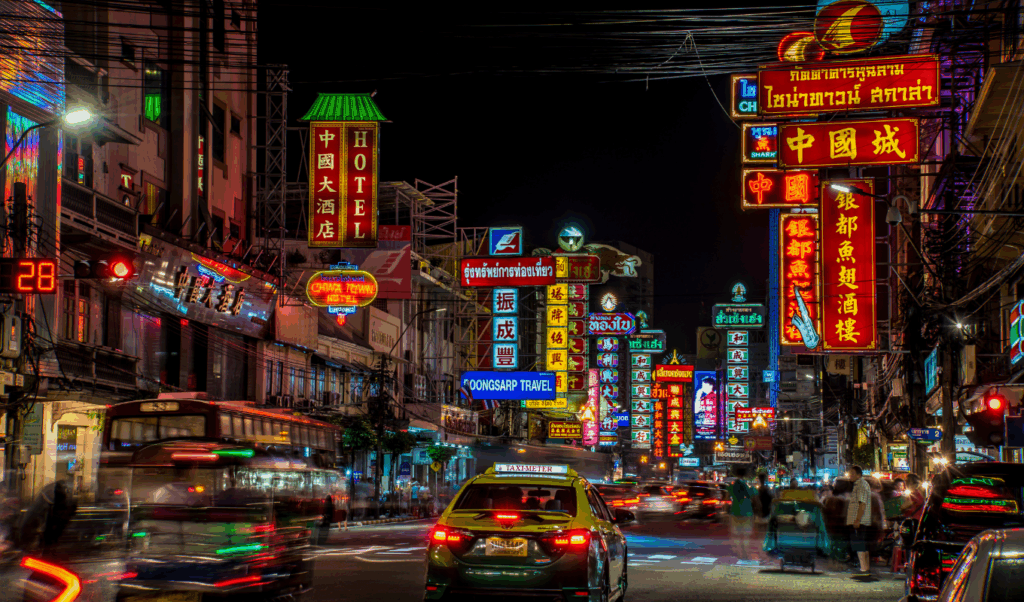
Budget-Friendly Bangkok: Money-Saving Tips
Make the most of your Bangkok trip without emptying your wallet. This city is famous for its affordability, offering world-class attractions, mouthwatering cuisine, and a range of accommodations that suit every budget. With some smart planning, you can stretch your dollars and enjoy everything Bangkok has to offer. After exploring its vibrant streets and efficient transport options, use these tips to keep your spending in check while still diving into all the excitement.
Finding the Best Flight Deals
Flight expenses often make up a big chunk of your travel budget, but careful planning can help you save significantly. Services like Dollar Flight Club send alerts for discounted flights, including mistake fares and flash sales. For instance, a flight that usually costs $1,200 can drop to as low as $400 with these deals.
Membership comes in three tiers: Basic (free), Premium at $69/year for international deal alerts, and Premium+ at $99/year, which includes business class and SMS notifications.
Flights to Bangkok from major U.S. cities generally range from $800–$1,500 roundtrip. However, with deal alerts, you can find fares between $400–$600 during promotional periods. The best deals often pop up during Bangkok’s shoulder seasons – April to June and September to October – when airlines reduce prices to fill seats.
Affordable Accommodations
Once you’ve locked in a budget-friendly flight, it’s time to save on lodging. Bangkok offers a wide range of accommodations, from basic hostels to luxurious five-star hotels.
- Hostels: In bustling areas like Khao San Road or Sukhumvit, dormitory beds start at $8–$15 per night (฿280–฿525), while private rooms cost around $20–$35 (฿700–฿1,225).
- Mid-range hotels: Clean, comfortable rooms with air conditioning and private bathrooms are available for $30–$60 per night (฿1,050–฿2,100). Many even include pools. Boutique options like Lub d Bangkok or The Yard Hostel offer great experiences without hefty price tags.
- Luxury stays: Bangkok’s luxury hotels are surprisingly affordable compared to other major cities. Five-star properties like the Mandarin Oriental or The Peninsula Bangkok offer rooms starting at $150–$300 per night (฿5,250–฿10,500).
Choosing the right location can also save you money. Staying near BTS or MRT stations might cost a little more upfront, but it cuts down on transportation expenses. Popular areas like Silom, Sukhumvit, and Siam are great for easy access to attractions and dining.
Daily Budget Breakdown
Your spending in Bangkok will depend on your travel style, but here’s a rough breakdown to help you plan:
- Budget travelers: Expect to spend $25–$40 per day (฿875–฿1,400). This includes hostel stays ($10–$15), street food meals ($3–$5), local transit ($2–$4), and minimal extras.
- Mid-range travelers: A daily budget of $60–$100 (฿2,100–฿3,500) covers comfortable hotel rooms ($35–$50), restaurant meals ($8–$15), occasional taxi rides, market shopping, and entrance fees to attractions.
- Luxury travelers: For $200–$400 per day (฿7,000–฿14,000), you can enjoy five-star hotels ($150–$250), fine dining ($30–$80 per meal), private transportation, spa treatments, and premium shopping. This also includes drinks at rooftop bars ($10–$15 each) and high-end cultural experiences.
Bangkok’s food scene is a highlight for every budget. Street food meals cost just $1.50–$3 (฿50–฿105), while air-conditioned restaurants serve similar dishes for $5–$8 (฿175–฿280). At markets like Chatuchak, you’ll find fresh fruit for under $1 (฿35) and authentic Thai dishes for $2–$4 (฿70–฿140).
Transportation is another area where you can save big. Public systems like the BTS and MRT cost just $0.50–$1.50 (฿18–฿52) per ride. Short taxi trips run $3–$8 (฿105–฿280), while tuk-tuks – though fun – require some negotiation, typically costing $3–$6 (฿105–฿210) for rides in tourist areas.
Attractions in Bangkok are affordable, too. Most temples charge $1.50–$6 (฿50–฿210) for entry, with the Grand Palace priced at around $15 (฿525). Many neighborhood temples are free. Museums vary from $3–$10 (฿105–฿350).
For shopping, markets like Chatuchak offer souvenirs starting at $2 (฿70), while MBK Center is a go-to spot for electronics and clothing. Bargain at markets, but skip haggling in malls or department stores.
Bangkok proves that you don’t need to spend a fortune to enjoy a rich travel experience. With these tips, you can keep your budget in check while soaking in everything this vibrant city has to offer.
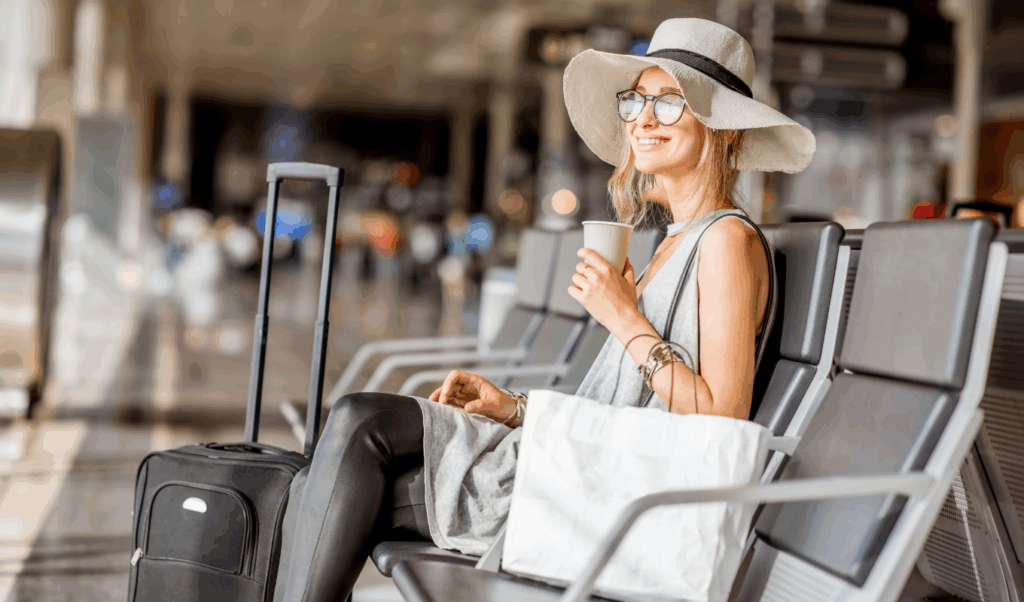
Conclusion: Your Bangkok Adventure Awaits
Bangkok is a city that welcomes travelers of all kinds, offering something for every budget and interest. From its iconic landmarks and bustling markets to its mouthwatering street food and efficient public transit, the city promises memories you’ll cherish for a lifetime.
Start by snagging affordable flights and picking accommodations that fit your needs. Services like Dollar Flight Club can help you find great deals on international flights, with Premium memberships starting at $69/year and Premium+ at $99/year. These small steps can make a big difference in planning a stress-free trip.
Whether you’re exploring Bangkok as a backpacker or indulging in a luxury getaway, the city has options for everyone. With the tips you’ve gathered – from temple etiquette and navigating the BTS to discovering hidden food spots and bargaining for tuk-tuk rides – you’re ready to experience Bangkok like a seasoned traveler.
Preparation is key. Keep an eye on flight deals, stay near transit hubs, and embrace the blend of ancient traditions and modern energy that defines Bangkok. Your adventure is just around the corner!
FAQs
What are the best ways to find cheap flights to Bangkok and save money on airfare?
To snag affordable flights to Bangkok and keep your travel budget in check, aim to book your tickets 45 to 60 days before your trip. This timeframe often offers the best deals. Flexibility is key – consider flying midweek or opting for less popular times, like late-night red-eye flights, to score lower fares.
Another savvy move? Set up price alerts to monitor fare drops, so you can jump on a deal as soon as it pops up. Don’t overlook alternative airports near your departure or destination city, as they can sometimes offer cheaper options. And here’s a pro tip: booking on Sundays can often lead to savings, as airlines tend to lower fares to attract leisure travelers. By mixing and matching these strategies, you’ll be well on your way to a budget-friendly Bangkok adventure.
What should I know to respectfully visit Bangkok’s temples and sacred sites?
Visiting Bangkok’s temples and sacred sites comes with a few important guidelines to show respect for local traditions. Start by dressing modestly – cover your shoulders and knees, and steer clear of tight or sheer clothing. Before stepping into temple buildings, make sure to remove your shoes.
Your behavior matters, too. Keep your voice down, avoid public displays of affection, and never point your feet at Buddha statues or monks, as this is seen as disrespectful. By following these practices, you honor the cultural and spiritual importance of these revered spaces.
What’s the best way to get around Bangkok without spending too much or getting stuck in traffic?
The best way to navigate Bangkok without breaking the bank is by relying on its public transportation network. The BTS Skytrain and MRT subway are not only quick and affordable but also a great way to dodge the city’s infamous traffic jams. To make things even easier, grab yourself a Rabbit card – it simplifies payments and works across various transit systems.
For those on a tighter budget, local buses are an option. Just keep in mind they can be slower and less predictable. If you’re traveling short distances, tuk-tuks and motorbike taxis offer a fast and exciting ride. However, always agree on the fare beforehand to avoid paying more than necessary. During rush hours, sticking to public transit is your best bet for saving both time and money.

